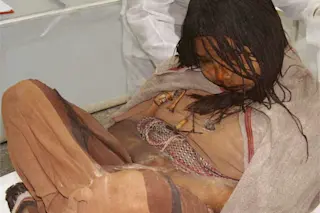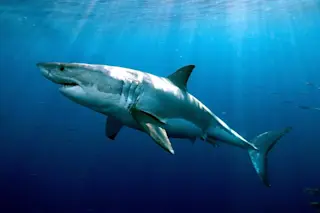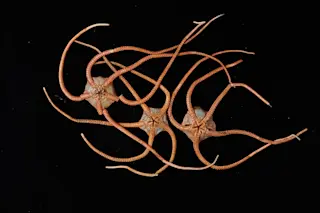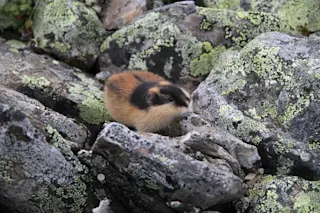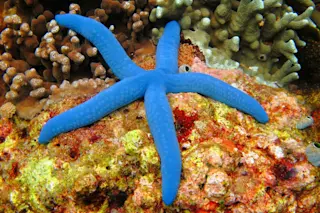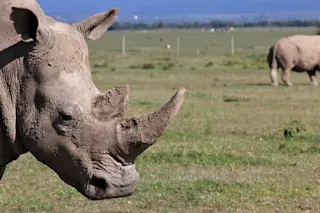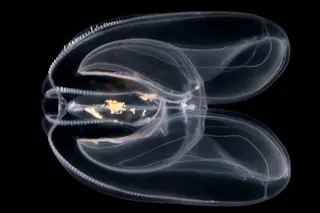The remains of a young girl called "La Doncella" who was discovered frozen in the Andes, likely sacrificed. Her DNA was among the samples used in the study. (Credit: Pedro Groover/Flickr) In a comprehensive study, researchers have mapped the spread of indigenous settlers throughout the Americas, from their first steps off of the Bering Land Bridge some 16,000 years ago to their sudden disappearance in the 15th century. That’s when Spanish and Portuguese explorers all but wiped them from the face of the Earth.
To accomplish their task, researchers from the Australian Centre for Ancient DNA (ACAD) at the University of Adelaide enlisted the help of 92 mummies and skeletons ranging in age from 500 to 8,600 years old. By sequencing mitochondrial DNA from these specimens, the researchers were able to construct a rough timeline of population dispersion in the Americas. They found that a small group of indigenous settlers ...


